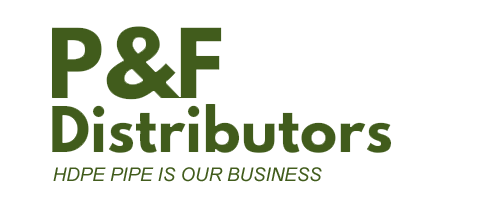Technical Note PP 801-TN
Polyethylene Pipe Squeeze-Off
Squeeze-Off Overview
Squeeze-off is a technique used to control the flow of gas or liquid in polyethylene pipe by compressing the pipe between parallel bars until the inside surfaces make contact. The flexibility and toughness of most polyethylene pipes allow the pipe to recover from a properly made squeeze-off without a measurable loss in service life. Under some conditions, the operator or installer may obtain a complete flow shut-off. Other conditions may require a second squeeze-off tool in line to achieve complete flow shut-off.
The squeeze-off technique can be useful for making installation tie-ins as well as for emergency repairs. Squeeze-off is not suitable for repeated flow control at the same location or to throttle or partially restrict flow. Valves or other flow control devices are more suitable for those situations.
ASTM standards provide guidance and requirements for squeeze-off tools, operating procedures and qualification procedures.
- ASTM F1041, “Standard guide for Squeeze-Off of Polyolefin Gas Pressure Pipe and Tubing”
- ASTM F1563, “Standard Specification for Tools to Squeeze-Off Polyethylene (PE) Gas Pipe or Tubing”
- ASTM F1734, “Standard Practice for Qualification of a Combination of Squeeze Tool, Pipe, and Squeeze-Off Procedures to Avoid Long-Term Damage in Polyethylene (PE) Gas Pipe”
Performance Pipe periodically tests its current products to the squeeze-off requirements of ASTM D2513 Annex A1. However given the wide variety of squeeze-off tools and procedures, Performance Pipe cannot test and evaluate all possible tools and procedures. Performance Pipe recommends that anyone using squeeze tools on our products use the guidelines and requirements of the above listed ASTM standards.
Preventing Pipe Damage
Tests have shown that when squeeze-off procedures and tools meet the ASTM guidelines and requirements, squeeze-off can occur without compromising the expected service life of the pipe. However, the installer or operator must take care during the squeeze to prevent damage to the pipeline. The list below contains some areas that require extra attention during squeeze-off to prevent pipe damage. Additional cautions to avoid pipe damage are in the above listed ASTM standards, the AGA Plastic Pipe manual and other Industry sources.
- Ensure the tool meets the requirements of ASTM F1563 and that it is square to the pipe with the squeeze plates parallel to each other.
- A thorough inspection of the pipe for cuts, scrapes, gouges or anomalies should be made before placing of the squeeze off tool.
- Locate the squeeze-off tool a minimum of 3x the pipe diameter, or 12 inches, whichever is greater, from any fusion joint, mechanical connection, prior squeeze-off point, or second squeeze-off tool.
- Compress the pipe at a slow rate to allow stress relaxation in the pipe. ASTM F1041 recommends a maximum compression rate of 2ipm. For example, it should take no less than 2.25 minutes to fully compress 4”IPS pipe (4.5inch/2ipm)
- Do not over-squeeze the pipe. The squeeze-off tool should contain stops that limit the squeeze to 70% of twice the maximum wall thickness as described in ASTM F1563.
- When removing the squeeze-off tool it is critical to release the squeeze very slowly. ASTM F1041 recommends that the release rate not exceed 0.5ipm. For example, it should take no less than 9 minutes to fully release 4” IPS pipe (4.5inch/0.5ipm)
- After the squeeze-off tool has been removed, the pipe should be closely inspected for any signs of damage. Any pipe suspected of damage during a squeeze-off should be replaced or removed from service.
- Cold weather increases the pipe’s susceptibility to damage. Compression and release times should increase in cold weather.
- Do not squeeze in the same place more than once. Do not squeeze on pipe sections containing deep scratches (>10% of pipe wall thickness).
- If the installer or operator does not follow the approved procedure during a squeeze-off, such as what might occur in an emergency, presume the pipe damaged and replace or remove from service.
Click link(s) below to print, download and view the details
